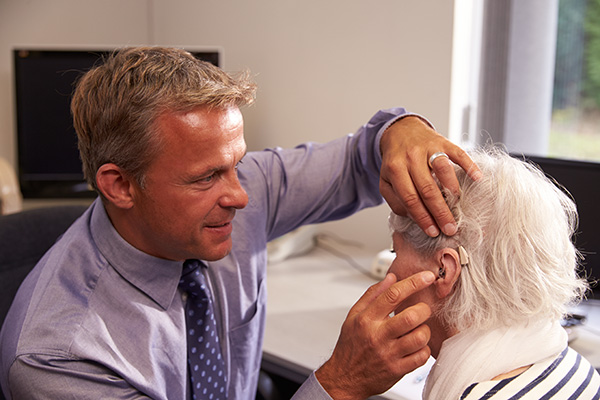3 Signs That You Are Wearing an Ill-fitting Hearing Aid
Manufacturers design most hearing aids to provide a bespoke fit for the
Refer a Friend or Family Member and Receive $100 Cash! Learn More →


Manufacturers design most hearing aids to provide a bespoke fit for the

Many people, including some professionals, associate hearing loss with

If you believe that you have hearing loss, you may have considered whether